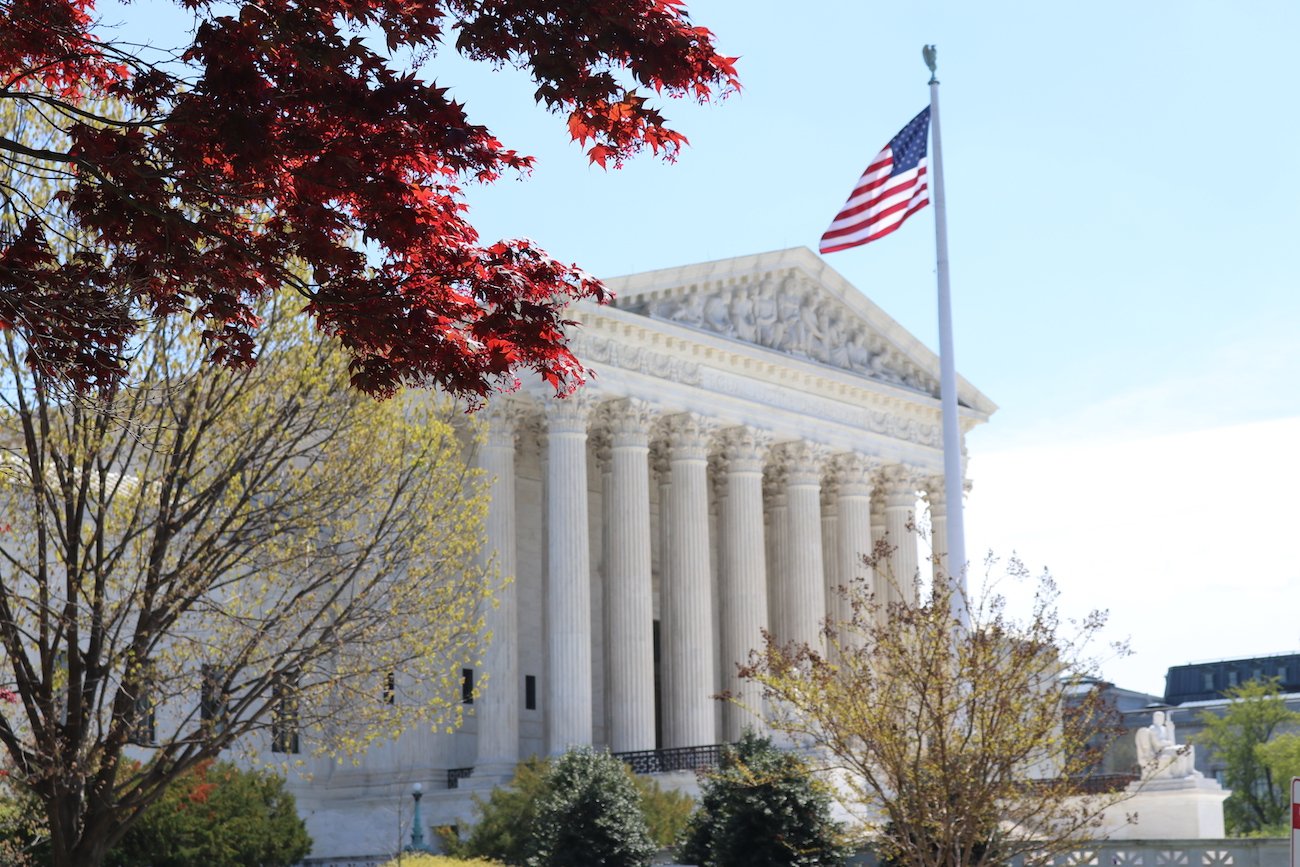WASHINGTON (CN) — Justice Clarence Thomas decried the state of Fifth Amendment land-taking precedent in a brief dissent Monday after the Supreme Court refused to hear a Hawaii zoning dispute.
“Our current regulatory takings jurisprudence leaves much to be desired,” the conservative justice wrote, arguing the fight between Hawaii’s Land Use Commission and developer Bridge Aina Le’a LLC would have given the high court the chance to address longstanding vagueness surrounding government taking of land.
The case involves Bridge Aina Le’a’s effort to rezone previously designated agricultural land at the request of the landowner decades ago. During a residential development project, however, the state agency determined the company wasn’t using the land as promised and reverted some of it back to agricultural use.
After the Hawaii Supreme Court affirmed the decision, the dispute led to a jury trial in which the developer prevailed. Jurors found the rezoning violated the Fifth Amendment’s taking clause, which requires just compensation for land taken by the government.
But on appeal, the Ninth Circuit reversed based on the finding that Bridge Aina Le’a hadn’t established there was an unconstitutional taking.
A core part of the dispute centers on best use of the property, which U.S. Circuit Judge Milan D. Smith described as “largely vacant and barren, rocky lava flow land.”
Bridge Aina Le’a had planned to turn it into resident housing, including low-income homes. The appeals court sided with the state, which determined the financial damage to the developer was overinflated.
“Bridge’s damages are at most $6.72 million if we use the higher 20% rate of return that Bridge hoped to receive on its total investment,” wrote Smith, a George W. Bush appointee. “This economic impact weighs against the conclusion that the reversion constituted a taking.”
Neal Kumar Katyal, an attorney with the Washington-based Hogan Lovells, represented Hawaii Attorney General Clare E. Connors in the case. In a brief urging the Supreme Court to reject the appeal, he cited high-court precedent in the cases Lucas v. South Carolina Coastal Council and Penn Central Transportation Co. v. City of New York.
“The Ninth Circuit properly held that Lucas requires a complete loss, and that Bridge failed to satisfy that standard because the land retained both more than de minimis value and the potential for economically beneficial uses,” the brief states. “It likewise rejected Bridge’s Penn Central claim, finding that the state’s order did not have a sufficient economic impact and did not interfere with Bridge’s reasonable investment-backed expectations.”
But lawyers for the developer wrote in their petition to the high court that the case is “the proverbial ‘Exhibit A’ of much that is wrong” with regulatory takings law.
“Courts like the one below cannot be allowed to pronounce ex cathedra that the severe regulatory actions before them are not severe enough to warrant constitutional condemnation,” wrote attorney Michael M. Berger with the Los Angeles-based Manatt, Phelps & Phillips.
Berger also stressed the role a jury played in finding the land taking to be a violation, arguing that should have been enough.
“Otherwise, the system becomes one of judicial whim on the part of appellate courts far removed from the actual facts,” the petition states.
In his dissent from the court’s denial of review, Thomas wrote the case shined a light on ambiguity issues with property takings. He pointed to the different rulings in the district court and Ninth Circuit based on “the same facts under the same legal tests.”
“These starkly different outcomes based on the application of the same law indicate that we have still not provided courts with a ‘workable standard,’” Thomas wrote. “The current doctrine is ‘so vague and indeterminate that it invites unprincipled, subjective decision making’ dependent upon the decisionmaker.”
He said the high court’s 1978 decision in Penn Central did more to muddy the waters rather than clarify the rights of landowners. That case involved New York City’s ability to declare the Grand Central Terminal, opened in 1913, as a landmark site, which allowed it to forbid the construction of an office building on top of it.
Christopher Kieser, an attorney with the Pacific Legal Foundation representing amici curiae parties in the case, expressed dismay over the court’s decision to reject the appeal.
"The Penn Central test is unworkable and leads to inconsistent results. Property rights require stronger protection against heavy-handed government regulation," Kieser wrote in an email Monday.
But Katyal instead argued the vagueness from Penn Central was a feature, not a bug. He said Bridge Aina Le’a only argued against the standard because it has often been used against developers who fail to live up to their end of the bargain.
“Its argument boils down to the idea that this test must be flawed because plaintiffs do not typically win their takings claims,” he wrote. “That argument is as meritless as it sounds.”
Attempts to reach Bridge Aina Le’a’s attorney and the Hawaii attorney general’s office were not returned by press time.
Subscribe to Closing Arguments
Sign up for new weekly newsletter Closing Arguments to get the latest about ongoing trials, major litigation and hot cases and rulings in courthouses around the U.S. and the world.









